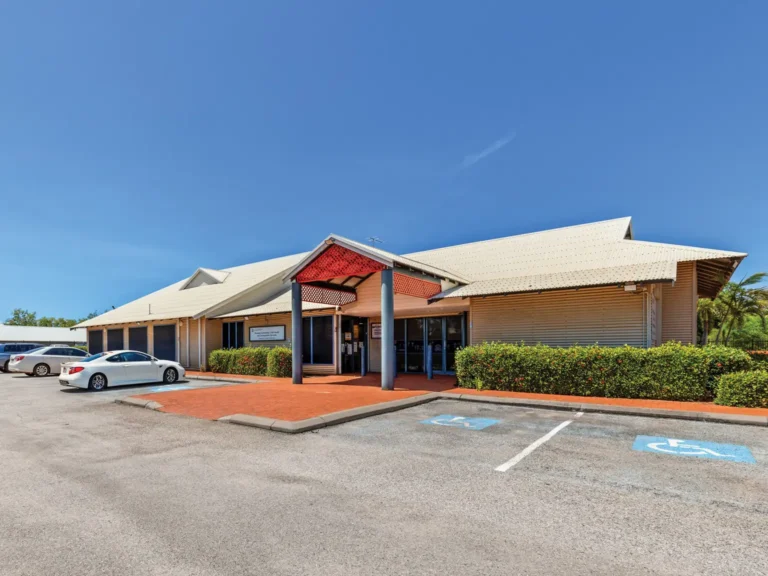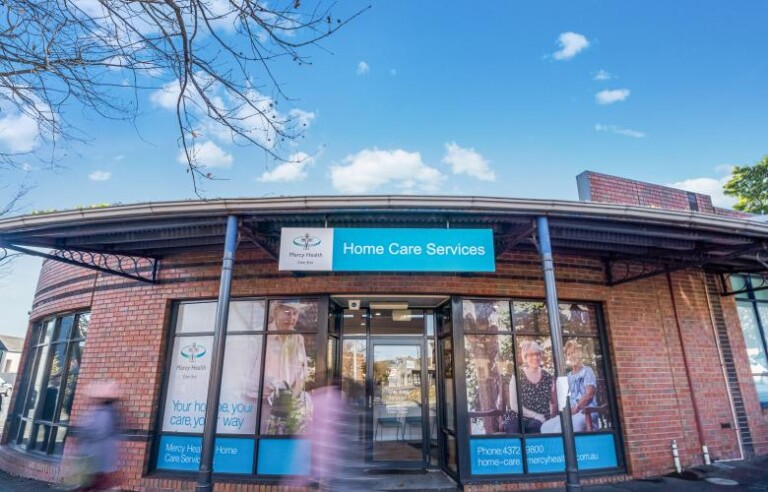
The New Frontier of Investment Opportunities
Over the past decade, healthcare investments have surged into prominence, claiming the spotlight as the premier asset class for discerning investors. This trend is not by chance, but driven by a compelling blend of factors and statistical trends that are collectively transforming the framework of real estate investment.
Traditionally viewed as essential community services, medical assets have evolved into lucrative investments due to their stable income, long-term stability, and high capital status. This evolution is propelled further by the consolidation trend within the healthcare sector, prompting major investors to pursue large-scale, integrated healthcare facilities. These acquisitions offer efficiency, adaptability, and market dominance.
The evolution of the healthcare industry is fuelled by various drivers, including a growing and aging population, expanding services, and substantial government support. The Australian Bureau of Statistics (ABS) forecast a 23% increase in the aging population by 2057, underlining sustained demand for specialised healthcare services and aged care facilities.
This positions healthcare as a resilient and robust investment option, as evidenced by the recent Federal budget allocating significant funding to health, aged care, and sports for the 2023/24 fiscal year, totalling $580 billion over four years.
Moreover, the healthcare industry has experienced robust growth. According to REA Group Economist Anne Flaherty, new health businesses increased by more than 6.0% last year, while enquiries for health assets in Q4 2023 were 22% higher than in the same period the previous year.
Burgess Rawson’s Healthcare Industry Insights Report unveiled a positive outcome in cap rates for healthcare assets, indicating strong investor interest drawn by the sector’s promise of healthy returns. Medical asset yields have stabilised at 6.08%.
“Investors are clearly recognising healthcare’s resilience and growth potential, and we anticipate they will increasingly integrate these assets into their portfolios, underscoring the sector’s pivotal role in an ever-changing landscape.’
– Yosh Mendis, Burgess Rawson Partner
Real Estate Investment Trusts (REITs) are also expanding their market share in the healthcare sector, a trend expected to gain momentum as these investors have recently reported significant growth in their portfolios. Australia’s largest listed owner of healthcare assets, ASX-listed HealthCo Healthcare and Wellness REIT (HCW), reported a surge of 15% for its private hospital values between March and December of 2023.
The circa $200 million net valuation gain for HCW was recorded in a portfolio of 11 Healthscopeoperated properties, which HMC Capital acquired last year for $1.2 billion. The boost to valuations alongside $100 million of capital investment in upgrading and expanding some assets lifted the Healthscope portfolio to $1.5 billion as of December 30.
In the pursuit of scale, it’s crucial to recognise the enduring appeal of smaller medical properties as well. In general, medical tenants are known for their longer tenures compared to other commercial assets, providing investors with a stable and predictable income stream over extended periods.
Medical assets, spanning all price points, offer investors a reliable income and long-term growth potential, courtesy of these typically extended leases. Acknowledging the intrinsic value of smaller medical assets empowers investors to diversify portfolios and tap into a niche market segment poised for resilience and profitability.
Recent transactions, particularly Burgess Rawson’s $14.2 million sale of a major complex in Port Macquarie NSW and the $21 million sale of King Street Dental & Medical Centre in Warrawong NSW underscore the burgeoning opportunities within the healthcare sector.
These transactions not only highlight the resilience and growth potential of healthcare properties but also signify a broader trend towards diversification within investment portfolios.
The healthcare sector is projected to experience a significant upsurge in demand in 2024, credited to another key industry trend we’re witnessing. Burgess Rawson data shows that savvy investors are subtly but surely recalibrating their portfolios from industrial to medical assets.
This shift – evident in our transactional data and drawn from our substantial 48% market share in healthcare – is a response to the industrial sector’s tempered rent increments and a noticeable uptick in vacancies over the last 12 months.
Investors are clearly recognising healthcare’s resilience and growth potential, and we anticipate they will increasingly integrate these assets into their portfolios, underscoring the sector’s pivotal role in an ever-changing landscape. With a growing aging population, increased adoption of digital health technologies, and the stability of long-term leases, Australian medical and healthcare property stands out as the key option for investors looking for sustainable growth and profitability.
Health Portfolio to Set a Benchmark
Investing in healthcare offers a unique opportunity for stable, long-term returns due to the sector’s resilience and constant demand for services, irrespective of economic fluctuations. Furthermore, the ongoing advancements in medical technology and the aging population globally continue to drive growth, making healthcare investments a cornerstone of a diversified portfolio.
On behalf of our valued client, we are offering a highly successful medical asset portfolio which stands as a testament to excellence, comprising three substantial properties strategically situated in South Australia and Victoria.
Investors are presented with a compelling opportunity to tap into the thriving healthcare sector, with each property offering unique advantages. The assets on offer will appeal to seasoned investors with rents ranging from $375,998 to $1,476,592 coupled with favourable annual rent reviews fixed at 3.0%.
Boasting a prime location within a thriving community, the properties are primarily leased to successful operators including Lumus Imaging, a respected national subsidiary of Healius Ltd.
The presence of Lumus Imaging as a tenant underpins the stability and reliability of these investment opportunities, ensuring sustained returns and long term viability.
Notably, investors in South Australia benefit from not having to pay stamp duty tax, further enhancing the attractiveness of the Pennington asset. In Victoria, the portfolio includes two properties situated in the densely populated inner city suburb of Richmond.
These assets are strategically located in one of Melbourne’s most coveted pockets opposite the Epworth Hospital and central to major complementary medical services. These assets present an opportunity for investors to capitalise on the robust demand for healthcare properties in this area, supported by the strong tenant presence and prime location advantages.
This comprehensive health portfolio offered by Burgess Rawson presents a rare opportunity for investors to acquire prime assets in two of Australia’s fastest growing markets.
With trusted tenants in place and strategic positioning in sought-after locations, these properties are poised to deliver strong returns and long-term value appreciation.
The assets will be sold at Portfolio Auction 167 on March 26 at the Sydney Opera House (Pennington SA) and on March 27 in Melbourne at the Crown Casino (Richmond VIC).



